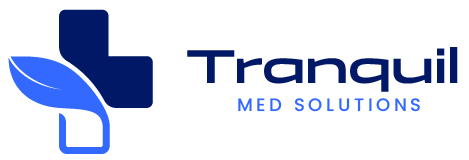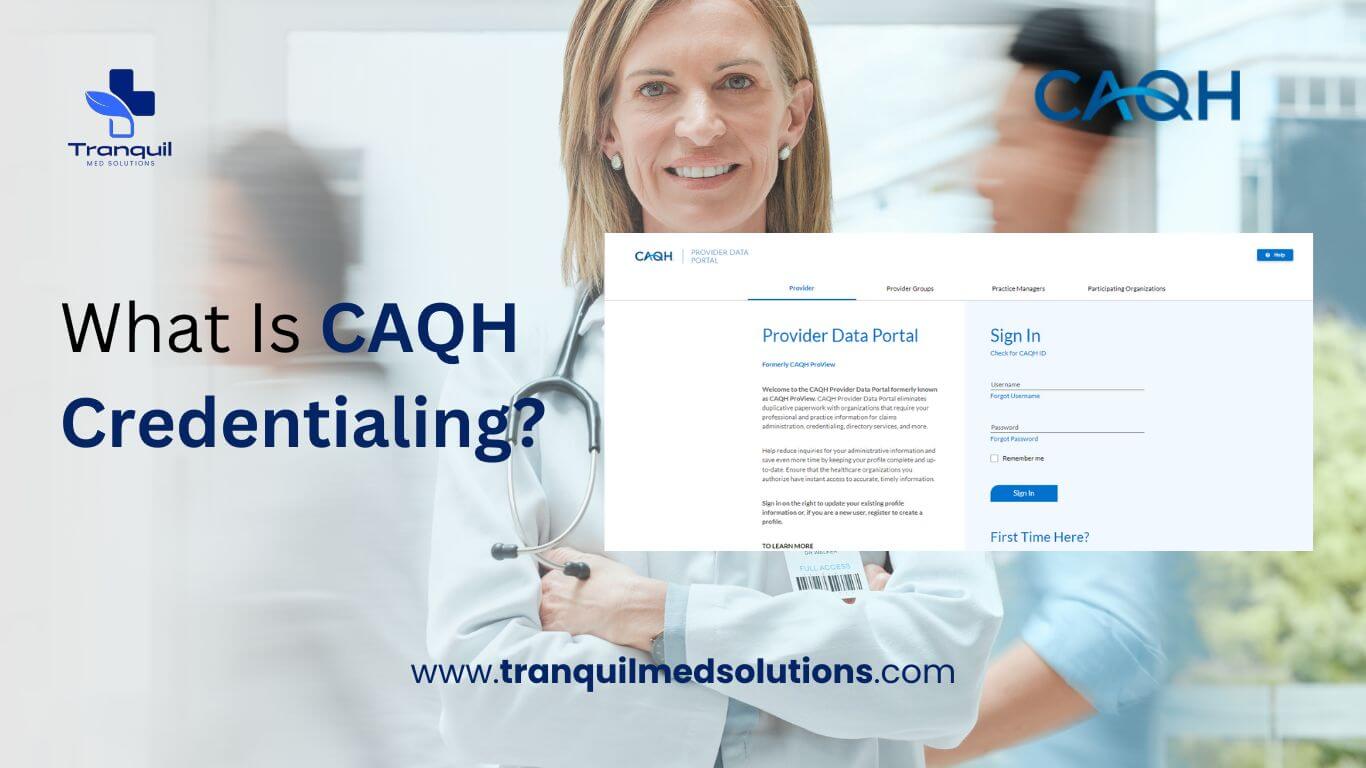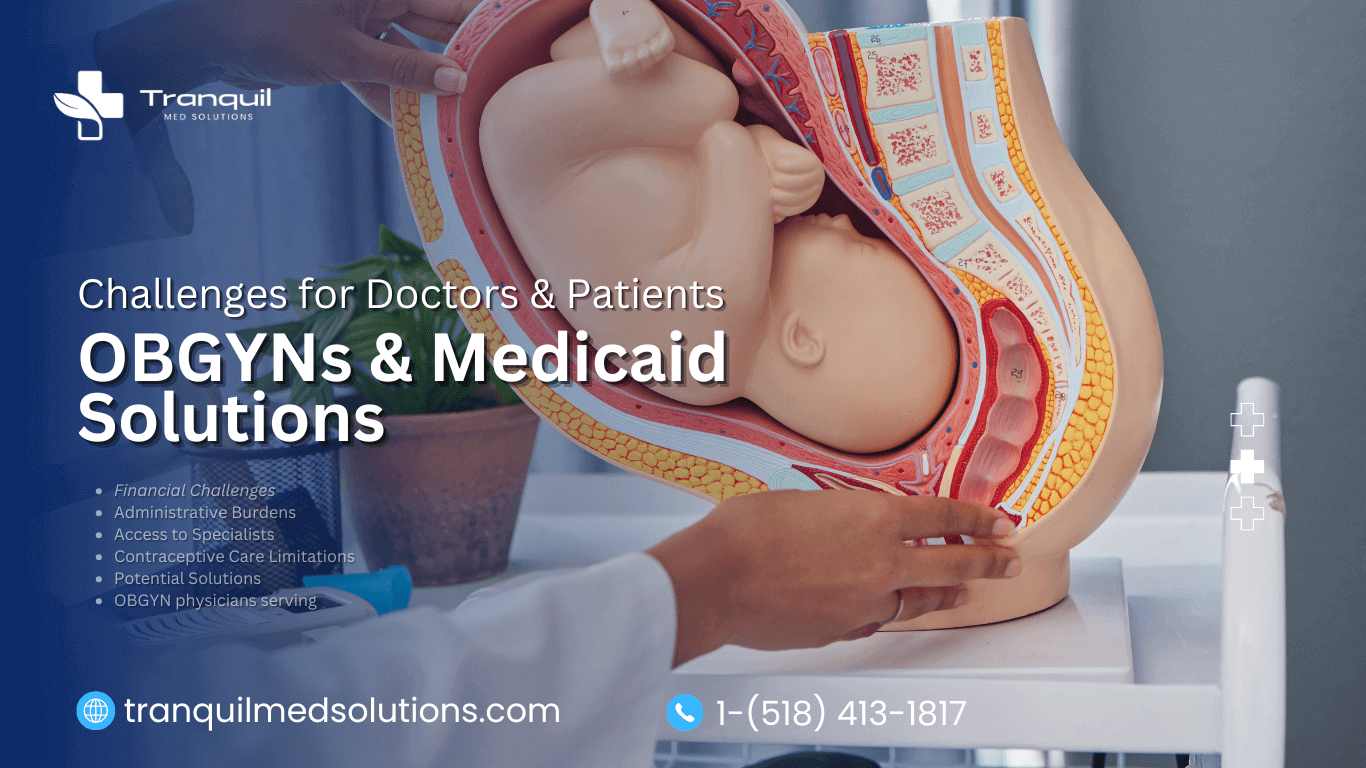Dealing with credentialing can feel overwhelming, with hundreds of data points to track and dozens of documents to submit. It’s a time-consuming process that most healthcare providers dread. Fortunately, CAQH credentialing offers a much-needed solution to streamline the process for everyone involved. Sounds like a relief, right? But what exactly is CAQH credentialing, and how does it work?
This blog will break down CAQH credentialing into an easy-to-understand guide, covering how it works, its advantages, and how you can make the most out of this platform.
What Does CAQH Stand For?
CAQH stands for the Council for Affordable Quality Healthcare, a non-profit organization founded to streamline the administrative tasks associated with healthcare. Through collaboration with various health plans, providers, and related organizations, CAQH has become a key player in reducing redundancies, administrative costs, and inefficiencies within the healthcare industry.
What Is CAQH Credentialing?
In simple terms, CAQH serves as a centralized system where healthcare providers can submit and manage their professional information. Rather than filling out multiple applications for different health plans or organizations, providers can complete a single profile on CAQH’s platform, which can then be accessed by participating healthcare networks and insurers. This not only saves time but also reduces the likelihood of errors, helping ensure that your data is up-to-date and accurate across the board.
How Does CAQH Help with Credentialing?
Credentialing is the process that healthcare providers undergo to verify their qualifications, licenses, and ability to deliver healthcare services. It’s a critical step for getting approved by insurance companies, health plans, and medical institutions.
CAQH ProView, now referred to as the CAQH Provider Data Portal, simplifies this process. Providers only need to input their information once, and it can be accessed by various authorized entities. This system cuts down on repeated paperwork and ensures all your credentialing information is centralized and updated.
The Key Benefits of CAQH for Healthcare Providers
- Consolidated Data Submission:
One of the biggest headaches in credentialing is having to fill out multiple applications for various health plans. With CAQH, providers complete just one application that multiple organizations can use. This means no more endless paperwork and fewer chances of submitting outdated information. - Reduced Errors:
Traditional credentialing often involves filling out forms by hand, which can lead to errors or miscommunication. CAQH’s digital platform improves accuracy by pulling data directly from the system, eliminating problems related to illegible handwriting or incorrect data entry. - Faster Credentialing Approvals:
With all the necessary information in one place, credentialing approvals happen much more quickly. The speed of approval allows healthcare professionals to join new networks or onboard at hospitals faster, leading to quicker patient service and fewer delays in providing care. - Increased Efficiency:
By reducing administrative burdens, CAQH allows healthcare practices to focus more on patient care and less on paperwork. Providers can update their profiles once and distribute the information to multiple health plans simultaneously, cutting down on time spent managing their credentials.
What Information Is Required for CAQH?
To set up and maintain a CAQH profile, providers must enter the following information:
- Personal Details: Full name, date of birth, social security number, and contact information.
- Education and Training: Medical school, postgraduate training, and fellowships.
- Work History: Previous employment in medical practices, along with any specializations.
- Licenses and Certifications: Medical licenses, DEA certifications, and other credentials.
- Professional Liability Insurance: Malpractice insurance details, including coverage amounts and policy dates.
- Practice Locations: Information about your current and past practice locations.
- Hospital Affiliations: Details of hospitals where you have admitting privileges.
- Board Certifications: Certifications that show your areas of expertise.
- Disciplinary Actions: Any records of disciplinary actions, if applicable.
- Peer References: Contact details of professional peers who can vouch for your expertise.
How Does the CAQH Credentialing Process Work?
The CAQH credentialing process is straightforward and easy to follow:
- Create a Profile: Register for an account on the CAQH ProView platform.
- Complete Your Profile: Fill in your information regarding education, training, licenses, and other relevant details.
- Update Information Regularly: Ensure your information stays accurate by regularly updating your profile.
- Send to Payers: Choose the payers and health plans you want to share your information with.
- Respond to Inquiries: If a payer requests additional information, respond promptly.
- Monitor Your Status: Track the progress of your submissions and address any outstanding requests using the CAQH dashboard.
- Maintain Your Profile: Make sure your profile stays updated to avoid any delays in the credentialing process.
How Often Should a CAQH Profile Be Updated?
Your CAQH profile should be updated at least once every 120 days to stay current with credentialing requirements. However, it’s best to update your profile any time there’s a significant change, such as a new license, job, or practice location. Keeping your information accurate ensures that health plans have the most up-to-date details, which helps prevent any potential issues down the line.
What Health Plans and Networks Use CAQH?
CAQH is widely accepted by major health plans and networks across the United States, including industry giants like Aetna, Blue Cross Blue Shield, Humana, Cigna, and UnitedHealthcare. Additionally, various regional networks and managed care organizations rely on CAQH for credentialing, making it a valuable tool for providers.
Common Challenges with CAQH Credentialing and How to Overcome Them
While CAQH offers many benefits, there can be a few challenges that come with using the platform. Here’s how to overcome them:
- Keeping Data Updated:
One of the main challenges is ensuring your data remains up-to-date. Providers should aim to update their profiles any time there are changes to their credentials, licenses, or practice details. Regular reattestation every 120 days is essential to maintaining compliance. - Staying Informed About CAQH Updates:
CAQH occasionally updates its system or requirements. To stay on top of these changes, regularly check your dashboard for notifications or email alerts from CAQH. These updates ensure you are following the most recent guidelines. - Handling Technical Issues:
If you experience technical issues, such as trouble logging into your account or uploading documents, CAQH offers support through its customer service team. You can reach them via phone, email, or live chat for assistance with any technical problems.
How to Sign Up for CAQH
Signing up for CAQH is simple. You can either request an insurance company that uses CAQH to initiate your registration, or you can visit the CAQH website and enroll directly. Once you register, you’ll receive a CAQH ID, which you’ll use to access your profile and complete your credentialing application.
Why You Should Use CAQH for Credentialing
Whether you’re a solo practitioner or part of a large healthcare network, CAQH offers significant advantages. By reducing paperwork, speeding up the credentialing process, and maintaining data accuracy, CAQH helps you stay compliant while allowing you to focus more on patient care. Additionally, with so many major health plans using CAQH, it’s an essential tool for healthcare providers who want to simplify their administrative processes.
Take the Hassle Out of Credentialing
For growing healthcare organizations, managing credentialing for multiple providers can still be time-consuming. That’s where a fully managed credentialing service comes in. These services offer comprehensive support, from creating and managing CAQH profiles to ensuring your providers’ credentials stay updated.
Outsourcing your credentialing to experts allows your organization to focus on what really matters: delivering quality care to patients.
Conclusion
CAQH credentialing is a game-changer in the healthcare industry. It offers providers and healthcare organizations a streamlined, centralized approach to managing credentials and reduces the administrative burden associated with traditional credentialing methods. By using CAQH, providers can save time, reduce errors, and focus more on patient care while ensuring that their professional information is always up-to-date and readily accessible to payers and networks.
For healthcare professionals looking to simplify the credentialing process, adopting CAQH is an excellent solution. Whether you’re a solo provider or part of a larger organization, CAQH helps you stay organized, efficient, and ready to serve your patients without the hassle of repetitive paperwork.
Can I use CAQH for multiple organizations?
Yes, you can use CAQH for multiple healthcare organizations. Simply select and authorize the health plans you want to access your information from a list on your dashboard. You can update these authorizations anytime.
This allows you to avoid filling out multiple applications and ensures authorized organizations have quick access to accurate, up-to-date details.
What is VeriFide CAQH?
VeriFide, a primary source verification service, enhances the speed, accuracy, and quality of credentialing, removing redundant processes. CAQH is an NCQA-certified Credentials Verification Organization (CVO).
Is there a fee for providers to use CAQH?
No, providers can use CAQH ProView for free.




